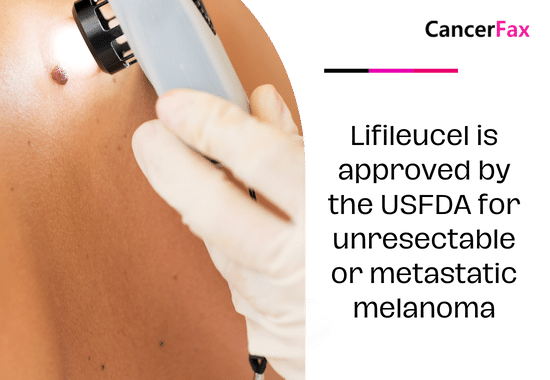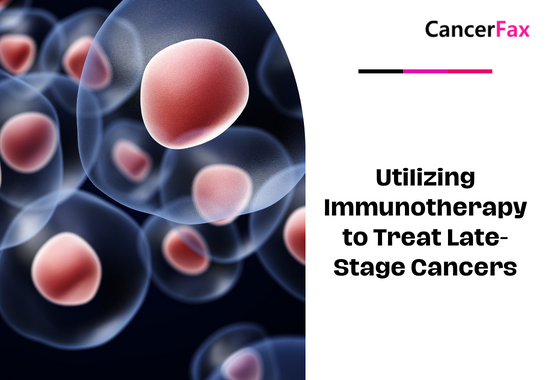The Food and Drug Administration granted accelerated approval to lifileucel (Amtagvi, Iovance Biotherapeutics, Inc.) on February 16, 2024. This approval is for adult patients with unresectable or metastatic melanoma who have been previously treated with a PD-1 blocking antibody. Additionally, patients must be BRAF V600 positive and have received a BRAF inhibitor with or without a MEK inhibitor.
An open-label, single-arm trial was conducted globally across multiple centers and cohorts to assess the safety and effectiveness in patients with unresectable or metastatic melanoma. These patients had received prior treatment with at least one systemic therapy, which included a PD-1 blocking antibody. If they tested positive for the BRAF V600 mutation, they had also been treated with a BRAF inhibitor, with or without a MEK inhibitor. Out of 89 patients who were given lifileucel, two were omitted because the product did not fulfill specifications and five were excluded owing to product comparability. Lifileucel was given after a lymphodepleting treatment regimen which included cyclophosphamide at a dose of 60 mg/kg daily with mesna for 2 days, followed by fludarabine at a dose of 25 mg/m2 daily for 5 days. Patients were administered IL-2 (aldesleukin) at a dosage of 600,000 IU/kg every 8 to 12 hours for up to 6 doses between 3 to 24 hours after infusion to promote cell growth in vivo. The median dose of lifileucel delivered was 21.1× 109 viable cells. The median number of IL-2 (aldesleukin) doses delivered was 6.
The primary efficacy metrics were the objective response rate (ORR) and duration of response (DoR). The median time for the initial reaction to lifileucel was 1.5 months. The ORR study included 73 participants who were administered lifileucel within the prescribed dosage range of 7.5 x109 to 72×109 viable cells. The objective response rate (ORR) was 31.5% with a 95% confidence interval (CI) of 21.1% to 43.4%, and the median duration of response (DoR) was not reached (NR) with a 95% CI of 4.1 months to NR.
The prescribing material includes a Boxed Warning for treatment-related death, sustained severe cytopenia, severe infection, cardiac issues, and renal impairment. The most frequent adverse effects (≥20%) in descending order of occurrence were chills, pyrexia, tiredness, tachycardia, diarrhea, febrile neutropenia, edema, rash, hypotension, alopecia, infection, hypoxia, and dyspnea.
The suggested lifileucel dosage ranges from 7.5 x 10^9 to 72 x 10^9 viable cells.

How Targeted Therapy is Revolutionizing Advanced Cancer Treatment?
In the field of oncology, the emergence of targeted therapy has revolutionized the treatment landscape for advanced cancers. Unlike conventional chemotherapy, which broadly targets rapidly dividing cells, targeted therapy aims to selectively attack cancer cells while minimizing damage to normal cells. This precision approach is made possible by identifying specific molecular alterations or biomarkers that are unique to cancer cells. By understanding the molecular profiles of tumors, oncologists can tailor treatment regimens that are more effective and less toxic. In this article, we delve into the principles, applications, and advancements of targeted therapy in advanced cancer.

